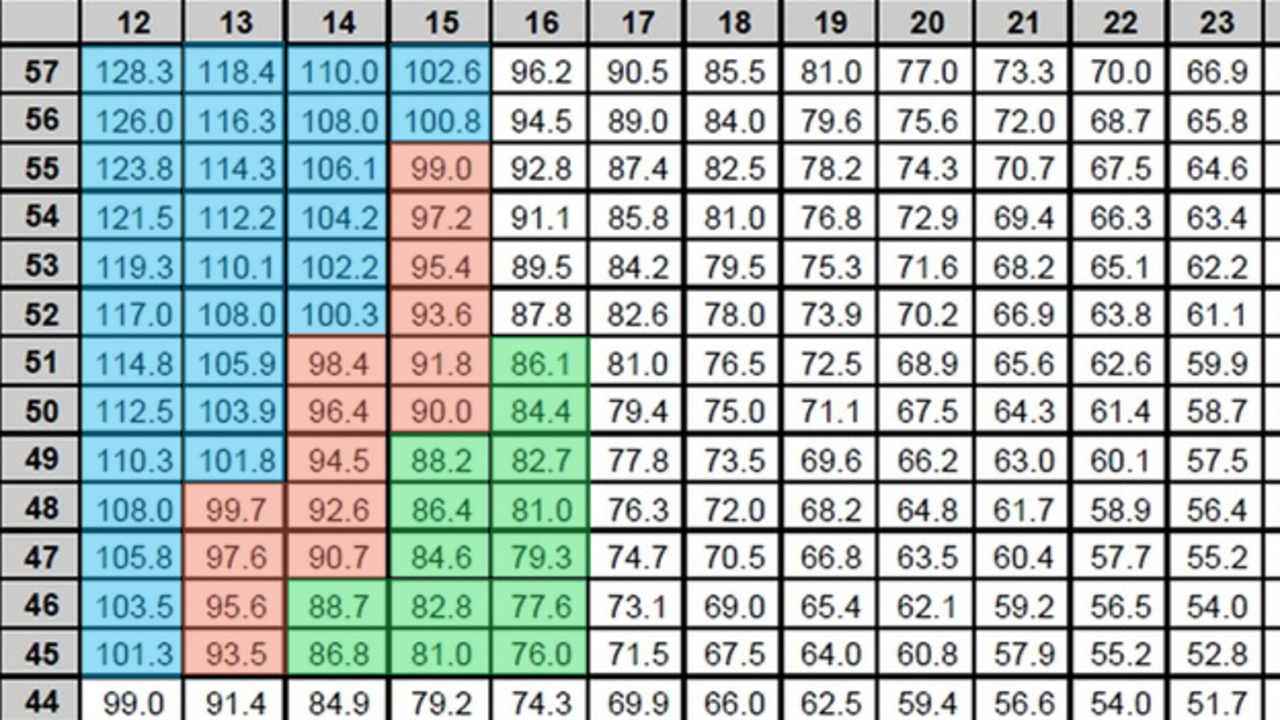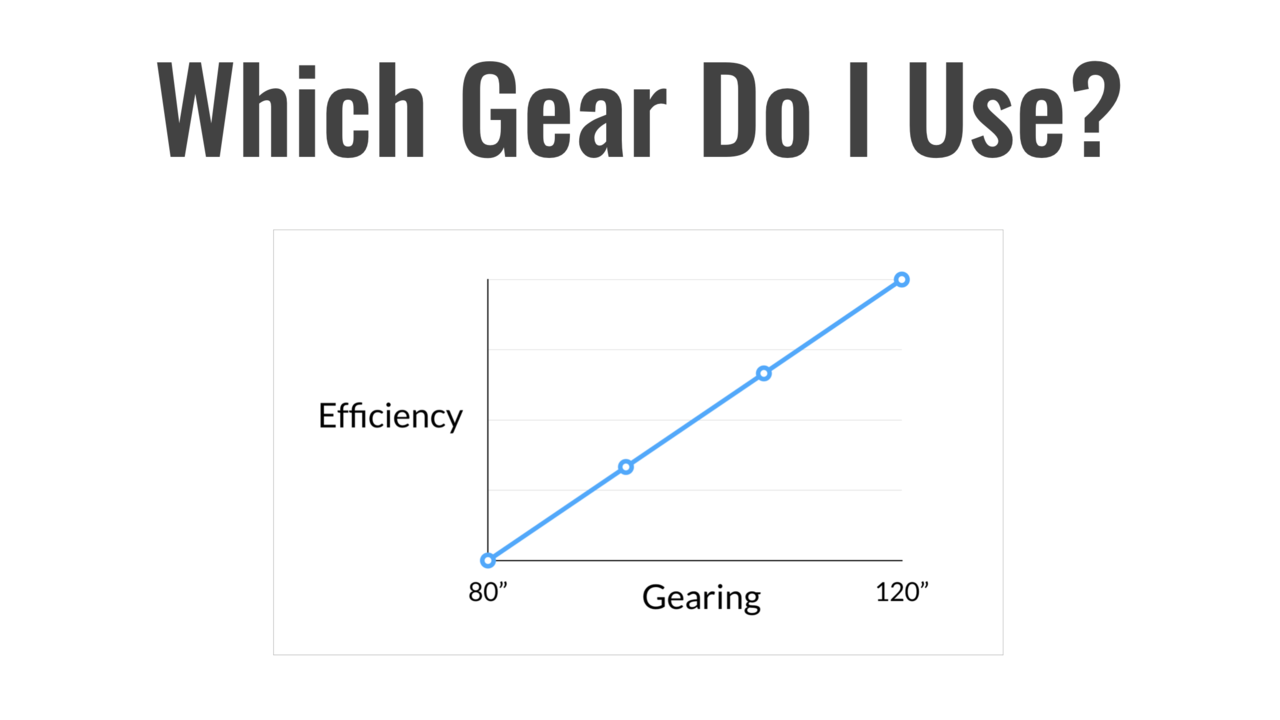Pedalling thoughts on Paper
Understanding Gear Ratios for Performance

Understanding gear ratios is something that is usually taught very early in the piece for a new track cyclist. Gearing plays a significant role in race and training performance and it’s every track cy...
How to Change Your Track Gears

How do you change your track gears? Are you getting all the steps right?
For those of you who are having trouble with changing gears fluently, our Head Coach Kerrie Meares offers a video guide to su...
Tips to Changing Track Gears Like a Pro

Let's talk track bike mechanics...
Negotiating gear changes... pedal changes... general bike maintenance...
It can be a painful experience, especially if you've come from a road background, or no re...
Which Gear Do I Use?

One of the top questions we get from cyclists relates to gearing.
WHICH GEAR DO I USE?
It’s a question asked in training and competition environments, and is a very hot topic in the cycling world, p...

